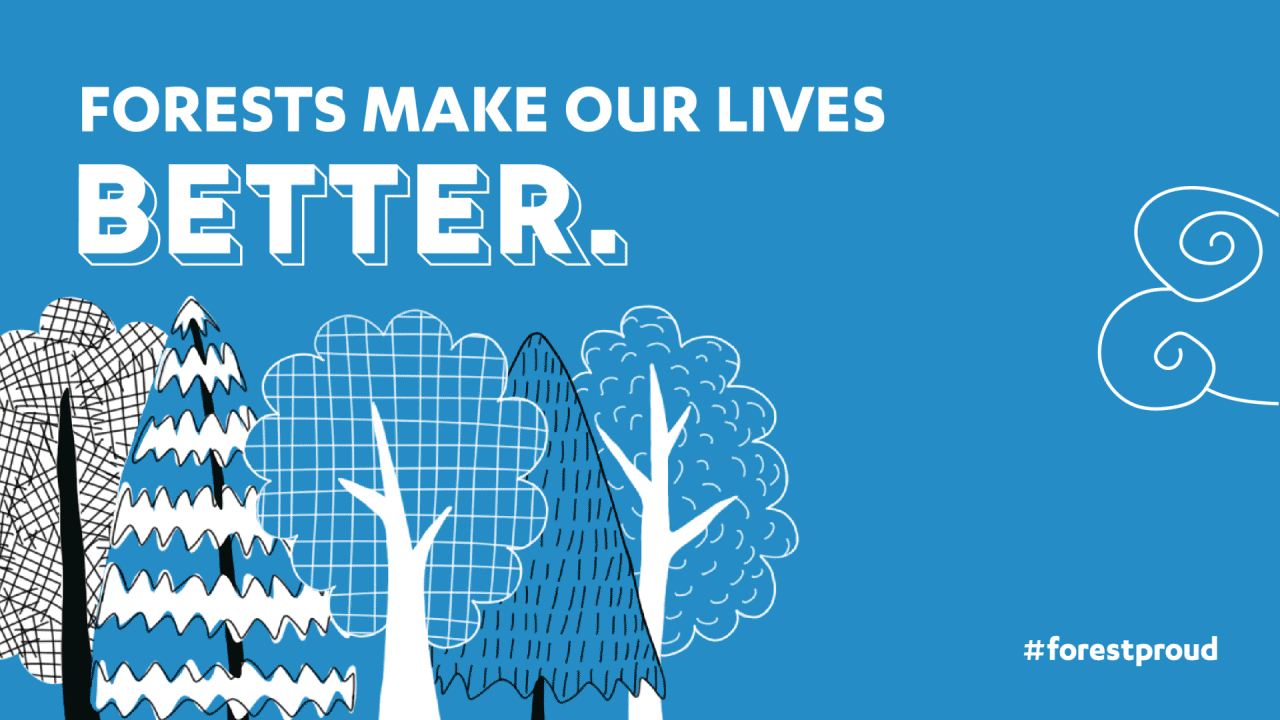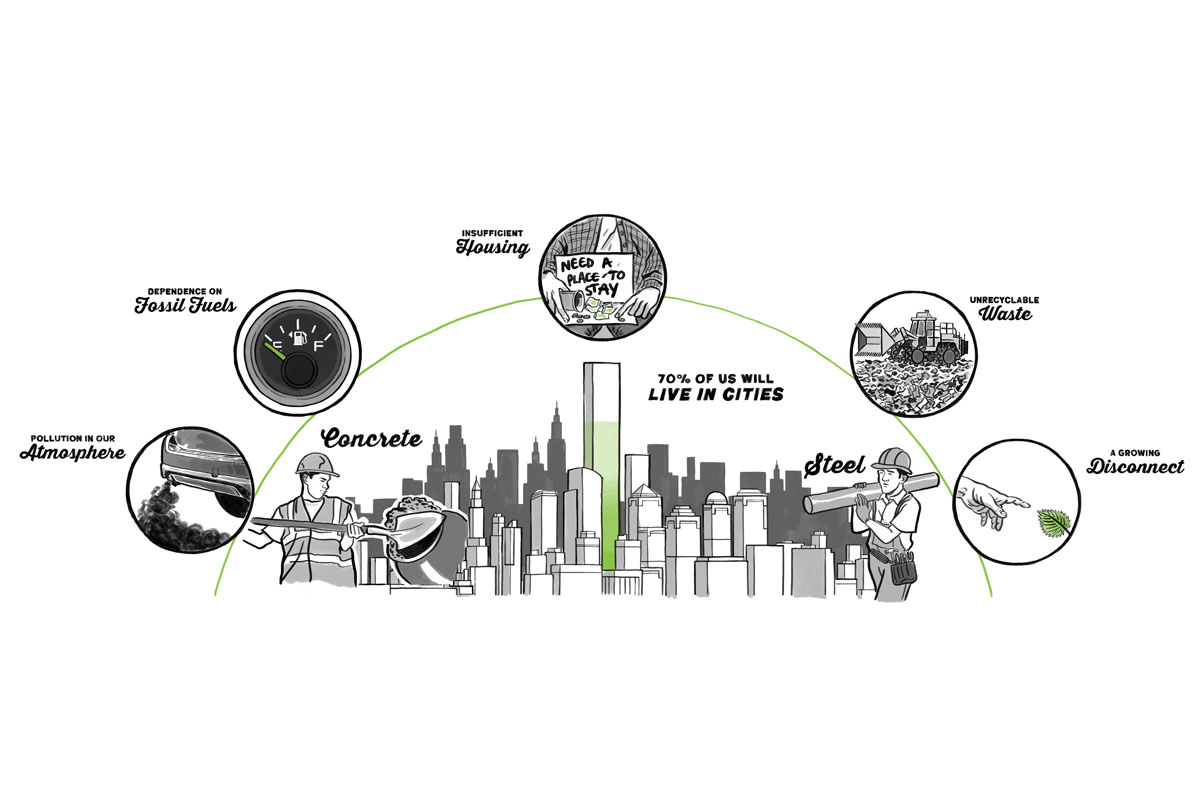Urban Forestry: An Origin Story
Managing an urban forest is complicated! Why? Read on.
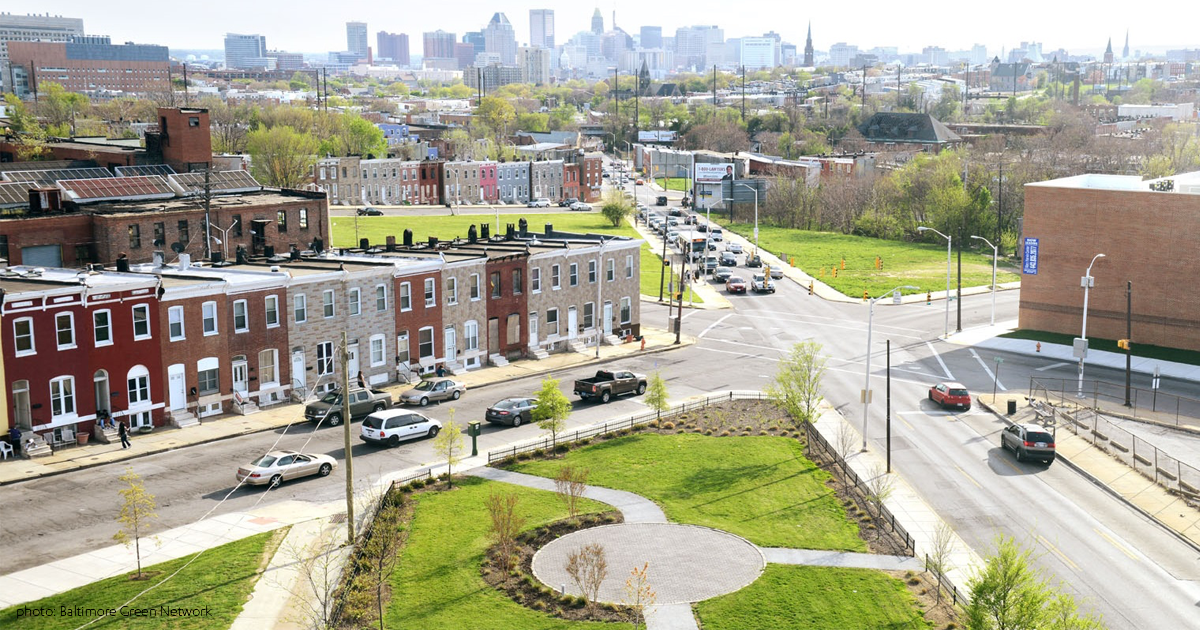
Author: Alec Sabatini
Alec is the content writer at PlanIT Geo™, a global urban forestry consulting and tree management software firm.
To answer the question “what is forestry?'' we need to go back - way back - to the 1800’s when forestry first emerged on the scene as a profession. The goal then - much like it is today - is to manage for the current and future health of forests, and strive to ensure that forest benefits will be available for future generations.
Urban forestry on the other hand would take another 150 years before it was recognized as a distinct practice within the larger forestry family. Believe it or not, there are a lot of differences in managing rural trees and wilderness forests vs those in bustling downtown parks or along crowded streets.
The growing cities and urban sprawl of the 1960’s and 70’s proved to be the tipping point and marks the birth of urban forestry. Its focus was on setting new objectives, identifying new personnel, and implementing new management strategies to steward forests in the built environment.
What Is An Urban Forest?
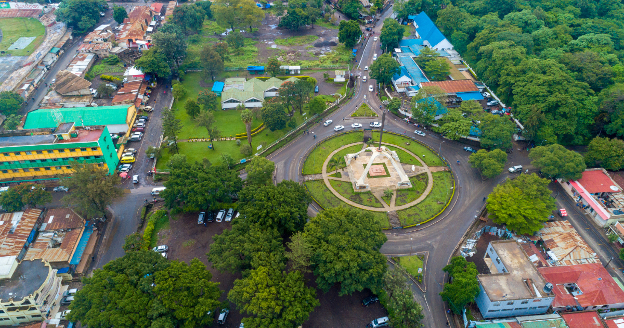
The urban forest encompasses any tree, on public and private land, that lives where we do, from a small town to a crowded metropolis. It includes the trees that line our streets, shade our parks, and fill our backyards. It also includes dense, more natural stands of trees near our communities, such as nature preserves, river corridors, wetlands, and greenways.
One-third of U.S. land is forested and 18% of that land, about 141 million acres, is considered urban forest. 80% of the U.S. population lives in urban areas so the actions of urban forest managers have a profound effect on where people live, work, and play. If you want to have a direct impact on the well-being of your community, working in urban forestry is one way to do it.
Why Are Urban Forests So Important?
Like storm drains, street lights, and sidewalks, the urban forest is an essential part of our city – and our climate - infrastructure. Trees create a host of meaningful, measurable benefits. Collectively known as “ecosystem services”, trees and urban forests are critical to making our cities livable and sustainable.
A full list of urban forest ecosystem services runs quite long, but here are some of the essential benefits:

- Carbon Sequestration & Storage
A healthy tree canopy pulls carbon dioxide from the air (sequestration) and stores it in roots, trunks, leaves, and soil (storage). Just like products made from rural forests, products made from urban forests continue to store that carbon for the life of the product. Urban forests are just starting to catch up to their traditional forest counterparts in efforts to track and reward this function through carbon credit and offset programs.
- Cooling Our Cities
Trees are on the front lines of the battle against extreme urban heat, which as of 2022 is the number one cause of weather-related deaths in the U.S. Trees can drastically lower surface and air and surface temperatures through shade and evapotranspiration (the exchange of water with air).
- Better Air Quality
Trees are sometimes known as the lungs of a city, but they can act as the liver too. Urban forests can remove tons (not metaphorically, literally thousands of pounds) of air pollution every year by absorbing gasses through leaves and trapping particulates out of the air.
- Water Quality and Stormwater Control
Trees improve water quality and support stormwater management through rainfall interception and infiltration (water absorbed by the soil). Stormwater infrastructure is not cheap. Cities, especially those with combined sewer systems, are turning to trees and urban forests as an effective, affordable answer to handle heavy rains as seen through the installation of rain gardens and bioswales.
- Improved Mental and Physical Health
Trees support physical health via improved air, water, and urban temperatures, but they also offer well-evidenced mental health support. Having easy access to trees or even views of trees helps reduce stress and enhance our well-being. The COVID pandemic made this connection especially clear.
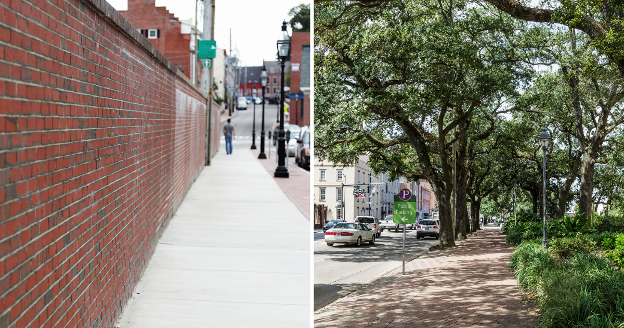
Simply put, our cities, communities, and climate are better with trees around. Thanks to decades of research, we’ve become quite skilled at quantifying the benefits created by a single tree or an entire urban forest.
You can try it right now and get a benefit estimate for a tree in front of your home using the free MyTree tool. Urban forest managers often use software to estimate and track this information because it's invaluable for helping government leaders and community members accurately value the services provided by their urban trees.
